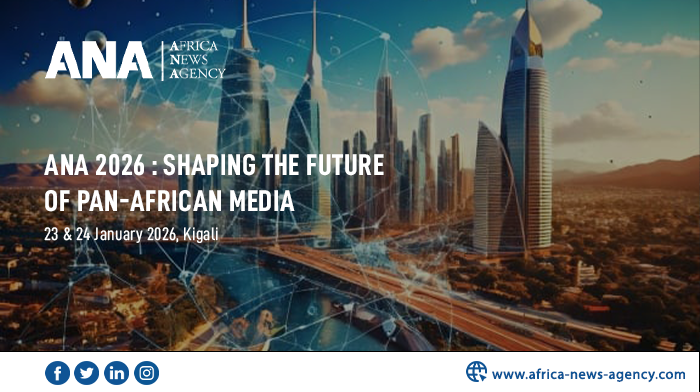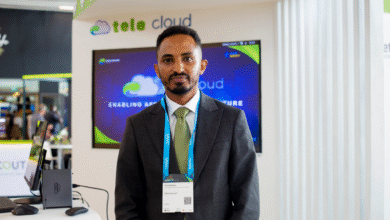Côte d’Ivoire: the results of the Green Fund
Côte d’Ivoire has benefited from two international financing programs to adapt to climate change. With the Green Climate Fund, the use of solar energy is included in the country’s energy mix. To effectively benefit from this UN investment, the Ivorian authorities are working to better train human resources.
By Issiaka N’Guessan in Abidjan
“Sunshine conditions are very good in Côte d’Ivoire with a potential of more than 1,900 kWh/m², » according to the Production-Transport Master Plan of Côte d’Ivoire Energies, the national electricity production company. The country plans to install solar power plants in several cities including Korhogo, Boundiali, Ferké, and Daoukro. Each of these plants will produce between 20 and 35 megawatts (MW).
According to the CI-Energies document, seen by ANA, 280 MW should be injected into the Ivorian electricity system by 2025. This figure will reach 355 MW in 2030. « This solar potential is exploitable across the country, although it is better in the north, » says the document, which indicates that « solar energy production technologies are characterized by a sharp decline in costs over the past five years. As a result, solar energy projects are becoming increasingly competitive.”
$100 billion per year from the Green Fund to fill the capacity gap
The Green Climate Fund, officially launched in 2011, is the main global financial mechanism attached to the United Nations Framework Convention on Climate Change (UNFCCC). An instrument of the Paris Agreement, it is co-managed by contributing and recipient countries. It consists of transferring funds from developed countries to projects to combat the impact of climate change in the most vulnerable states.
Côte d’Ivoire currently benefits from the financing of two plans. « PROMIR, an agriculture program funded in the Mé region, in Agboville, for $10 million. The second is the national adaptation program, which integrates adaptation in the various sectors, » says Marcel Yao, head of the Department of Financing Mobilization at the Ministry of the Environment and president of the West African Network of Experts on Forests, Agriculture, Energy and Climate Change (REFACC).
These investments are hardly sufficient. « We are suffering from climate change but we do not have enough means to adapt. This fund was set up so that countries can propose projects in agriculture, waste processing, renewable energy ». The Green Climate Fund must reach 100 billion dollars per year.
“Cocoa cultivation and tree planting on the same territory, it is feasible”
Côte d’Ivoire is continuing its adaptation efforts with the implementation of a new agricultural program for the production of cocoa without deforestation, which, in the opinion of the expert, was « well-timed.” The stakes for the country are numerous. « We are an agricultural country, the world’s largest producer of cocoa. We cannot do agriculture without rain and this rain is favored by the forest. The idea of this program is to mix the two. The cultivation of cocoa and the planting of trees on the same territory, it is feasible » he states.
« We are looking at the Green Fund and the Ministry of Water and Forests to build a major program to support the Ivorian government in implementing this zero-deforestation cocoa program across the country. This is to ensure that small producers can be technically supported to triple their production, reduce poverty and help the climate. »
Adapting to new agricultural production technologies
However, Côte d’Ivoire has to fight other scourges. The country has experienced a drought that has had a major impact on agricultural production, but also on electricity production, leading to rationing in the city of Abidjan. To cope with this kind of climatic hazard, « technologies exist, » says Marcel Yao, « they are being tested in Burkina Faso and Senegal and allow us to give weather information to the producer, on the radio, by telephone. In Côte d’Ivoire, « discussions are underway with Sodexam (Société d’exploitation et de développement aéroportuaire, aéronautique et météorologique) to make this climate information available to farmers in time for the planting season, he says. These projects are fully within the scope of the Green Fund, but the application files must be well-crafted.”
Lack of skills affects use of green fund
Marcel Yao believes that « this green fund has been in place for about ten years but unfortunately, the rate of African countries that benefit from it remains very low. » He notes that Africa does not benefit much from this fund because of a problem of technical capacity. « We don’t have enough quality human resources who have command of the workings and criteria of these green funds. »
To address this problem, the Ministry of Environment has been provided with a Directorate for Mobilization of Financing, « whose experts will have the sole task of research and development of files. » He recommends the training of executives in each country and the payment of expertise to be able to capture these funds.
Commitment as was the case for COVID-19
But bottlenecks are not only concentrated in government organizations. African countries must also become aware of the need for collective action. This is what Dr. Andon N’Guessan Simon, a specialist in geography and environmental sciences, advocates. In accordance with the COP 26 declaration, « the time has come to take action the way everyone has mobilized for the COVID pandemic ». To this end, he argues for the creation of an Executive Secretariat for the implementation of resolutions. The financing of this secretariat fits into the line defined by the pre-COP 27, held in Kinshasa, Democratic Republic of Congo, « for a collective action on the effective implementation to take into account the adaptation and mitigation of climate impacts, climate finance and loss and damage on the environment. »







